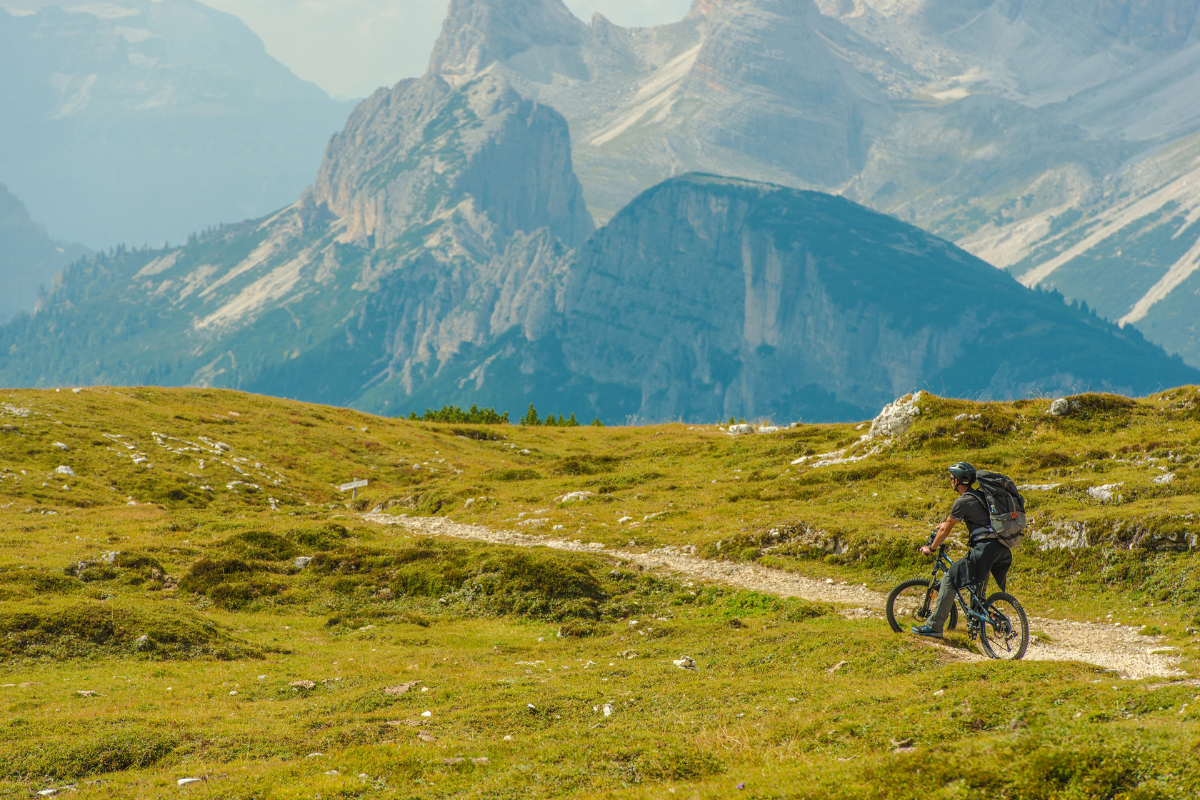Crossing causeways on an adventure bike can be an exhilarating and challenging experience. These unique stretches of road can test your skills and nerves, but with the right knowledge and preparation, you can navigate them safely. Jet Kernaghan, one of the most inspirational adventure rider shares some expert tips to help you cross causeways safely and enjoyably.
Understanding Causeways
A causeway is a road or path built on an elevated embankment, often crossing wetlands, marshes, or bodies of water. “They can come in various forms, from simple dirt tracks to more complex structures with bridges and culverts. During adventure biking, causeways can pose unique challenges due to their often unpredictable conditions and the potential for water crossings, Jet Kernaghan explains.
Before you Cross
- Plan your route. Not all causeways are created equal. Some are well-maintained and in good condition, while others are narrow, rough, or even have potholes. Do some research ahead of time to find out what the causeway you’re crossing is like.
- Check the weather and tide conditions. Avoid crossing causeways in high winds, heavy rain, or during high tides. Also, be aware of the tides if the causeway is submerged at high tide.
- Make sure your bike is in good condition. Check your tires, brakes, and lights before you cross. It’s also a good idea to have a full tank of gas.
- Dress appropriately. Wear protective gear, including a helmet, jacket, pants, gloves, and boots. It’s also a good idea to wear waterproof gear in case of rain.
When Crossing
- Slow down. Take your time and cross the causeway at a moderate speed. This will give you more time to react to any surprises.
- Be aware of your surroundings. Watch out for potholes, cracks, and other hazards. Also, be aware of other vehicles and pedestrians on the causeway.
- Stay in the middle of the causeway. This will give you the most room to maneuver in case you encounter a hazard.
- Avoid sudden braking and acceleration. This can cause your bike to lose traction and skid.
- If you do start to skid, stay calm and don’t grab the front brake. Instead, gradually release the throttle and steer in the direction of the skid.
- Expect the Unexpected. Causeways can be unpredictable, and conditions can change rapidly. Always be prepared for unexpected challenges, such as rising tides or sudden weather changes.
After Crossing
- Take a break. Once you’ve crossed the causeway, stop and take a break. This will give you a chance to rest and collect your thoughts.
- Check your bike. Take a quick look at your bike to make sure there’s no damage.
- Learn from Experience. Every causeway crossing is a learning opportunity. Reflect on your experiences and improve your skills for future adventures.
Here are some additional tips for crossing causeways on an adventure bike:
- Use the standing position. This will give you more control over the bike if you encounter a hazard.
- Keep an Eye on Fuel. On remote causeways, ensure you have enough fuel to complete the crossing and reach the next refueling point.
- Keep the bike gripped between your knees. This will help you stay balanced if the bike starts to skid.
- Look well ahead. This will help you identify any potential hazards early on.
- Be prepared to stop. If you see a hazard, be prepared to stop immediately. Don’t wait until it’s too late.
- Be patient. Crossing causeways can be slow and tedious, but it’s important to be patient and take your time.
Common Causeway Hazards
Here are some common hazards to be aware of when crossing causeways on an adventure bike:
- Potholes and cracks. These can cause your bike to lose traction and skid.
- Loose gravel or sand. This can also cause your bike to lose traction.
- Strong winds. These can blow your bike off course.
- High waves. These can wash over the causeway and damage your bike.
- Other vehicles and pedestrians. Be aware of other vehicles and pedestrians on the causeway and be prepared to stop or yield if necessary.
Tips for Crossing Causeways in Different Conditions
Here are some tips for crossing causeways in different conditions:
- Crossing causeways in wet conditions: Be extra cautious when crossing causeways in wet conditions. The road surface will be slippery and it will be easier to lose traction. Slow down and be prepared to stop at any time.
- Crossing causeways in high winds: Be aware of the wind direction and strength when crossing causeways. If the wind is blowing strong, try to cross the causeway at an angle so that the wind is blowing against the side of your bike. This will help to keep your bike stable.
- Crossing causeways at high tide: If you’re crossing a causeway that is submerged at high tide, make sure to check the tide tables before you cross. Only cross the causeway when the tide is low enough that the road surface is exposed.
Conclusion
Crossing causeways on an adventure bike can be a thrilling part of your off-road journey. However, it requires thorough preparation, off-road riding skills, and a mindful approach. With these tips provided by Jet Kernaghan, you can confidently navigate causeways while minimizing risks and enjoying the beauty of the natural landscapes they traverse.

